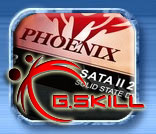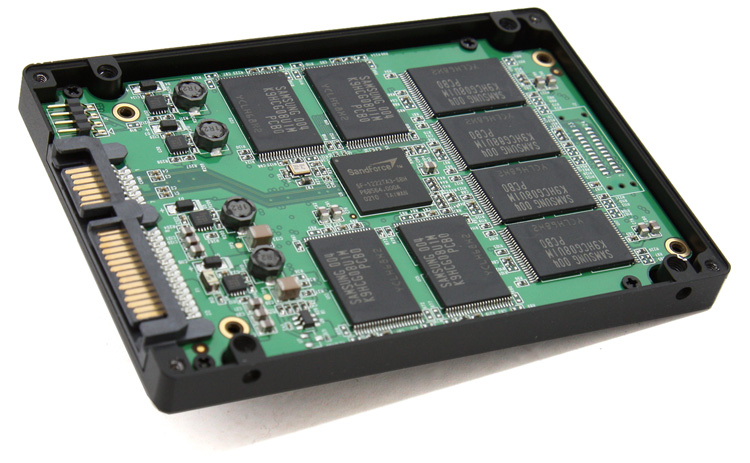Introduction

 Ever since a year or two ago, every now and then this relatively small company called G.Skill rears its head and bam .. shows a really impressive product, always at a sharp price compared to the competition.
Ever since a year or two ago, every now and then this relatively small company called G.Skill rears its head and bam .. shows a really impressive product, always at a sharp price compared to the competition.
We love their DDR memory products, we liked their SSD range and recently G.Skill added yet another SSD into the product line. It is called the Phoenix SSD and it is armed with that much discussed SandForce1200 based controller.
Right up-to this moment we have tested a decent amount of SandForce based products, some with extraordinary performance, other lacking a little. No matter how we test the SF1200 based products, they are all showing really interesting gains in performance. The SandForce based products by all means are not little wonders and miracles in each and every segment, but at some levels they make a distinct difference compared to JMicron and Indilinx products.
Certainly, when it comes to productivity on your PC, that's were the SandForce 1200 products seem to really kick in. We'll test GSkill's latest offering, and have previously tested Corsair, OCZ and ADATA's SF1200 products as well.
The Phoenix Series of SSDs from G.Skill are initially available in capacities of 50 GB and 100GB and support the TRIM command in Windows 7, which helps to maintain optimal performance over the drives lifetime.
Let's have a peek at the product and see if it really has what it takes to be amongst the best of SSDs, next page please.

